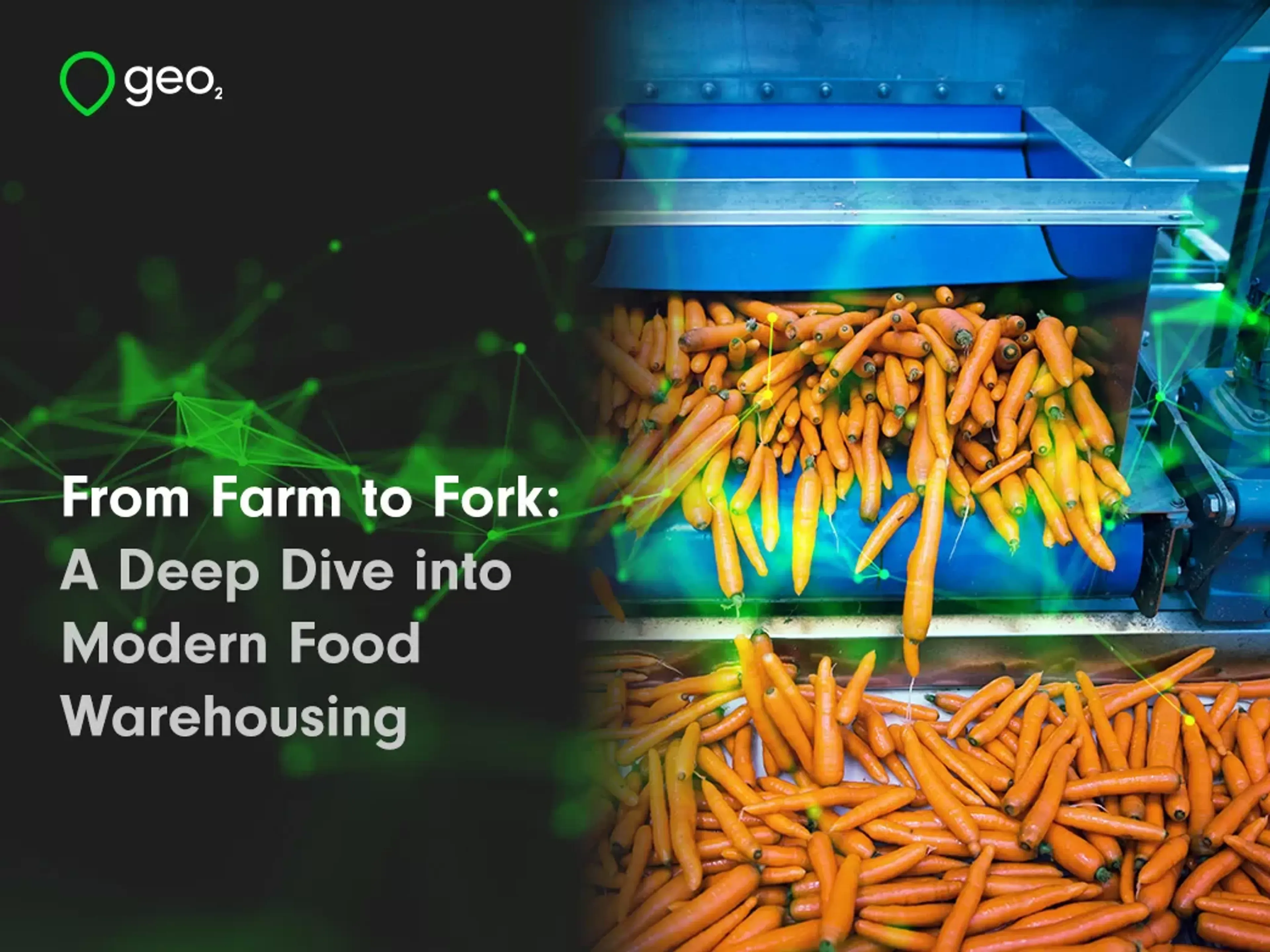The Importance of Efficient Food Warehousing.
The pathway from farm to fork is fraught with challenges, from maintaining product integrity to ensuring timely delivery. Food warehousing is the linchpin that holds this process together, acting as the vital storage and handling phase that determines the quality and safety of food products. Efficient warehousing practices ensure that items are stored properly, inventory is managed effectively, and products reach consumers in the best possible condition.
Challenges in Food Warehousing.
Despite its importance, maintaining an efficient food warehousing operation is full of challenges. Key among these are:
Temperature Control
Ensuring the correct temperature for different types of food products is crucial. This may mean freezing, refrigerating, or maintaining specific humidity levels for different zones in the warehouse. Temperature fluctuations can lead to spoilage, quality degradation, and safety issues.
Inventory Management
Effective inventory management is a tough balancing act in food warehousing. On the one hand, you want to ensure that there is enough stock to meet demand and avoid stockouts. On the other hand, overstocking can lead to waste and increased costs.
Food Safety Regulations
Food safety regulations are becoming increasingly stringent, with food warehousing operations facing strict guidelines on hygiene, sanitation, and visible . Compliance is essential to avoid costly fines and maintain consumer trust.
Safety
All food business should adhere to food safety. This includes pest control, hygiene practices, and proper food handling procedures to prevent contamination. Neglecting safety measures can have severe consequences for both consumers and the reputation of the company.

Innovation solution in Food Warehousing.
Fortunately, technology offers innovative solutions to these challenges:
Automation
Robotics and automated storage and retrieval systems (AS/RS) can enhance efficiency and accuracy in picking and placing products, reducing manual handling, and cutting errors. This technology can also help optimize space usage and reduce labor costs.
Predictive Analytics
Utilizing predictive analytics tools can help forecast demand, optimize inventory levels, and prevent stockouts. These tools use historical data to predict future demand patterns accurately.
Blockchain Technology
With the increasing emphasis on traceability and food safety regulations, blockchain technology is gaining traction in food warehousing. It enables secure, transparent tracking of every step in the supply chain, from farm to fork.
Cold Chain Management
Cold chain management systems use sensors and monitoring devices to track temperature and humidity levels throughout the supply chain. This technology can detect potential issues before they become critical and enable prompt action to maintain product quality.
AI and IoT
Artificial intelligence (AI) I and the Internet of Things (IoT) technologies allow better forecasting and inventory management by providing real-time data and analytics, leading to smarter decision-making.
Sustainability and Green Technologies
Sustainability and Green Technologies are becoming vital in the food warehousing sector. This is driven by a global push to reduce environmental footprints. Many operations are beginning to adopt solar powered warehouses. These utilize the sun's energy to run operations. Thus, significantly reducing reliance on fossil fuels and lowering greenhouse gas emissions.
Additionally, the use of eco-friendly refrigerants is on the rise. These substances, are designed to have a low impact on the ozone layer and low global warming potential, replacing traditional refrigerants that are harmful to the environment. Together, these do not only contribute to a healthier planet but also offer operational efficiencies and potential cost savings over time, marking it a win-win for the industry and the environment.

Best Practices for Optimizing Food Warehousing Operations.
To enhance efficiency and ensure the safety in your food warehousing operations, it's essential to put in place several best practices into your workflow. Below are key strategies to consider:
- Implement a robust Warehouse Management System (WMS): A state-of-the-art WMS is crucial for optimizing warehouse operations. It should support real-time tracking and inventory management, allowing for accurate monitoring of stock levels, expiration dates, and the allocation of resources.
- Implement an effective Transport Management System (TMS): Transportation is a crucial aspect of food warehousing, and an efficient TMS is essential for timely delivery. It should enable real-time tracking, route optimization, and provide accurate ETA to ensure on-time deliveries.
- Prioritize worker training and safety programs: The backbone of any successful warehouse operation is its workforce. Invest in training programs that not only focus on operational efficiency but also emphasize the importance of food safety standards. Additionally, safety programs should be in place to protect workers from potential hazards, ensuring a healthy working environment.
- Regularly audit and inspect warehouse operations and equipment: To comply with evolving food safety regulations and standards, conduct regular audits and inspections of your warehousing operations. This includes checking the condition and cleanliness of equipment, verifying the value of storage systems, and ensuring that all procedures align with the latest industry practices.
By applying these best practices, you can improve the performance and safety of your food warehousing operations, ultimately leading to better service for your clients and consumers.

Future Trends in Food Warehousing
As we look into the future, the field of food warehousing is on the brink of huge evolution, primarily driven by the growing focus on sustainability and environmental concerns. The industry is expected to witness a surge in the adoption of green practices and technologies. Innovations like electric logistics vehicles, which promise a reduction in carbon emissions compared to traditional fuel-powered vehicles, are set to become a common sight.
Advanced energy management systems are expected to play a crucial role in enhancing energy consumption, thereby minimizing the environmental footprint of warehousing operations.
Furthermore, the shift towards biodegradable packaging materials represents a critical move away from single-use plastics, aligning with global efforts to combat pollution and preserve ecosystems. These advancements, combined, signal a transformative period ahead for food warehousing, where efficiency and eco-friendliness go hand in hand.
Conclusion: The Significance of Prioritising Food Quality.
Food warehousing is a critical component of the global food supply chain, tasked with the complex challenge of ensuring the safe, efficient, and sustainable storage and handling of food products. By adopting best practices and staying on top of technological advancements. Food distributors, restaurant owners, and supply chain managers can not only tackle the challenges but also leverage opportunities for improved operations and competitive advantage. Remember, the goal is not just to move food from farm to fork but to ensure it arrives in the best condition possible, every step of the way.
Whether you're a seasoned veteran or new to the food industry, rethinking your warehousing operations with these insights, it can help you meet the high standards expected by consumers today, ensuring that the food delivered is not only safe and fresh but also sustainably handled.
More posts like this:
From Farm to Fork: A Deep Dive into Modern Food Warehousing
Food Transportation: Best Practices to Maintain Quality.
What is Interstate Tracking? A Complete Guide.
What is Last Mile Tracking? How to Track Your Last Mile.
What is Grey Fleet Management?
What does ‘arrived at local facility’ mean?
